Quotes from 10 Substackers on How Mental Health Impacts the Creative Process
On ... Flow and Stagnation, Hoarding vs. Action, Marination vs. Over-Marination, Balancing Intensity, Maintaining Momentum, Creativity as a Fluid Process ...
If you believe in the power of creating an online library of resources related to the complex relationship between art and mental health including essays and interviews written from lived experience as well as historic and contemporary research, please subscribe.
Only through your support can this work continue.
I would love to return to my weekly digests curating the amazing writing that so many people here are doing through my own lens of how it relates to art and mental health. However, it’s unsustainable without paid subscriptions. So, I thought in the meantime, I’d look back at the many pieces I highlighted throughout the last year-ish and start sharing some of them again in new ways. I know that many times people didn’t see these the first time around, so it’s a chance to bring fresh eyes to them, re-celebrate all of these amazing Substack writers, and also draw out new themes in my research by putting them together in a different combination than the first time. So here’s the first of those posts, ten quotes from different Substackers that relate to the impact of mental health on the creative process.
(When I use the term “mental health” I sometimes mean things with a diagnosis and symptoms but more often I just mean something akin to “how the challenges of life are affecting our thoughts and experiences.” And that, in turn, affects our creativity. And so, I believe that all of us are artists and all face mental health challenges to varying degrees.)
of Secret Gardens in When our ideas stop flowing
“Water is a good thing, until there’s too much of it or until it has nowhere to flow. If it stays in the one place and stagnates, it gets gross. And perhaps it was the dust getting to my head but I couldn’t help but see a parallel to our creativity, our ideas…
Creativity flows to us and through us, out to others.
Unless we hoard it or hold onto it. Either because we’re afraid or unsure. Sometimes it keeps pouring into our Shiny Ideas Folders until they’re gross and mouldy because we have too many ideas and not enough action.
Just me?”
Definitely not just you Keeley. Really resonating with this imagery of ideas that have sat stagnant for too long. Some ideas, of course, really do need a lot of time to marinate. But like the cucumbers in rice vinegar that I just threw out because they were a really weird color and smell, things can also marinate for too long.
of CRAFT TALK shared On Literary Sidepieces:
“I do think sometimes it’s healthy to have a few balls in the air, especially if you need to take a break from something. My friend Priyanka and I were talking about how she’s doing some really intense personal writing right now for her new book, and how every day feels so emotionally heavy but she has to keep going back to it, showing up for it, and it’s just consistently tough. I asked her if she had another project she could dive into for a while, one that felt lighter, easier, funnier, because she is a funny writer, too, as well as a serious one. We all need a sidepiece project sometimes.”
Sometimes if we are too focused on our main project it can be at the expense of our mental health and wellness. Maintaining momentum for that project means taking breaks from it. Those breaks may be in the form of not working at all in the same creative medium as the piece. However, it might mean remembering the fun of the medium through a sidepiece.
When you invest in Create Me Free, you invest in a value system, a community, the creation of a library of online resources about the complex relationship between art and mental health. This supports a societal shift away from a productivity-driven consumer market where your money buys x product that you can use for y amount of time on your own towards a model that supports holistic wellness, deep creative process, and meaningful social contributions.
ofAdventures in Being Human by Jackie Knapp
offered a series called Creative Practices for the Winter Doldrums and in Week One invited us to Make Space
“One of the perils of our modern world is the ability to fill our lives to the brim and be constantly plugged in to some kind of noise. It’s easy to think:
“I don’t have time or energy to be creative. I get to the end of the day and I’m so worn out, all I can do is collapse on the couch and stare blankly at the TV before I drag myself to bed.”
I hear you. And trust me, sometimes it’s all we can do to stare blankly at something entertaining. But if I do it too many nights in a row, I feel the doldrums coming for me.”
She goes on to talk about how creating mental and physical space can help us and offers suggestions for doing so. I often find that my physical clutter and my mental clutter are reflections of one another and working on one always helps the other, so this resonates for me. Decluttering, organizing, leaving blank space on the calendar … these are all parts of my own creative process.
in 6 Ways to Create Well-Being at Home:
“Your environment plays a huge role in your mental and emotional health, even your physical well-being. It can play tricks on us, for good or bad. If it’s a big, chaotic mess, our family problems will only increase. If we try to tame the chaos of our immediate environment, there is greater chance of you and your family feeling a bit more calm and at ease even amidst some genuine dysfunction or family problem.”
of Ten Thousand Journeys shared Constellating a Personal Ritual
which begins …
“The quiet morning after the longest night, the continuous movement of the leaves, and this stretch of time that sits at the cusp of new beginnings form a snow globe-like circle around me as I sit at my desk thinking about how I want to change my life in the new year. In 2024, I want to shift the structure of my days so that I can write more, and fiercely. I want to claim writing as my life purpose, and words as my tools. No one is stopping me from doing any of this, but a hundred invisible things get in the way. They create a real feeling of stuckness, of trying to move ahead while being pulled backward. I’ve spent time unraveling why I experience this push-pull even as I realize that writing is necessary soul work. I don’t want to wait to value my writing until someone else gives me permission or validation. I want to look back on 2024 and know that I wrote continually, and that I was wrung dry of words. Never has building a body of work felt more urgent or compelling, and yet something gets in the way.”
Priya goes on to share the ritual for moving forward which could be helpful to others who feel stuck/blocked. Because isn’t it so common for us to truly want to create and yet also to not be creating and therefore isn’t it important to find a way to figure out why and make a shift?
of Subtle Maneuvers shared Finding “the flux” in 2024
which is a very fascinating story about two men (Gilles Deleuze and Félix Guattari) with very different approaches to work who found a way to collaborate that assisted Guattari in overcoming writer’s block:
Guattari “was also an activist, a bit of a troublemaker, and a man of great energy—perhaps too much energy. “He needed something like Ritalin, which we give to hyperactive children today,” a colleague recalled. “We had to find a way to calm him down. Although he claimed that he wanted to write, he never wrote.”
Quoting author François Dosse, Currey shares:
“Deleuze expected Guattari to wake up and get to his desk right away, to outline his ideas on paper (he had three ideas per minute), and, without rereading or reworking what he had written, to mail his daily draft. He imposed what he considered to be a necessary process for getting over writer’s block. Guattari followed the rules faithfully and withdrew into his office, where he worked slavishly until four o’clock in the afternoon every day.”
This makes me think of Gretchen Rubin’s framework of The Four Tendencies. Some people thrive with accountability and it seems like Guattari was one of those people. Other people rebel in the face of it and this wouldn’t work for them.
Farrah @Substack of Things Worth Knowing with Farrah Storr asked Are You Ready to Put Yourself Out There?
Sharing how she did so here on Substack despite anxiety … There’s a lot of richness in this piece around staying in and leaving our comfort zones and how age might impact our choices around risk and vulnerability. She writes about how many partially-written books she has on her computer and says:
“Collectively, I have spent years on them all. And yet I have nothing to show for it. If I had stuck to one idea and seen it through I would have a book by now. I might have had some success. I might also have had some failure. Either way I would have won because I’d have been moving forward with my life. Instead I have wasted the last few years residing in the space between uncertainty and hope. It fees like a safe space, for whilst something’s still a an idea you can never fail, right? But it’s a dangerous place for your soul.
Maybe this is you- preferring to rest in the safety of the research stage of a new project. Or better still, preferring to stay in the research stage of multiple projects. It is the most perfect place of avoidance: purpose without pressure.”
I would first argue that it isn’t true that she doesn’t have anything to show for it and that none of it is wasted. Personally, the way I keep moving forward in my work is to see it all as a huge body of work where it all matters because it’s all part of the process to completing that body of work. In hard times, I imagine a posthumous discovery of this body of work … where someone would find, if I were Farrah, those half completed documents on the computer and bring them into the light and someone would find magic in them just the way that they are.
But I also acknowledge that her own experience of that being wasted time is valid and real also. That being stuck in the research phase or procrastinating project is common among people with anxiety, people afraid for whatever reason to face criticism, people afraid of both success and failure (which means a lot of us people). One of the things I’ve learned about anxiety is that the only real way to make it better is to do the thing you’re anxious about anyway. (There are exceptions, there are sometimes important parameters needed in place to titrate the experience, but generally speaking, this is the case.) And that’s what Farrah did:
“Over time I realised what I really wanted to do, what I had always wanted to do was create my own community rather than an audience. I wanted to write about the things that interested me, a sort of live autobiography of sorts. But oh God, was I fraught with anxiety. The anxiety that no one, and I mean no one, would subscribe. The anxiety of putting my most personal writing on the Internet. The anxiety that old colleagues would cringe. Or laugh. Or think I was completely bat shit for doing such a thing after a relatively distinguished career in magazines.
And yet, in spite of all that I did it.”
How can you find a way to acknowledge the fears and anxieties and move forward anyway? It’ll be different for everyone. Having spent a decade researching craft as therapy (specifically crochet), I have found that one way of doing that is practicing in small ways. Learn over and over again that you can be imperfect in crochet and nothing bad happens and then it teaches you that you can take other bigger risks. In a reference to something else in Farrah’s post - get the weird, edgy haircut; you might love it or hate it but either way the hair grows back - then remember that you can try other things, too.
of Writing in the Dark with Jeannine Ouellette shared:
“Back to the topic of desire—both the kind that propels a story forward, and the kind that propels us forward. We could speak all day and night about desire, because most of us have gone to—go to—such great lengths to protect ourselves from the fullness of its sensation (and are so good at deceiving ourselves about the nature of our truest desires). This distancing and deceit impedes our art, without question. In art, the closer we get to ourselves, the better. In art, the more we feel, the better. In art, the truth of our desires is our guiding star.”
of The Smart Creative shared Beginning Again
which is about the anxiety, fear, procrastination, impostor syndrome that can make it hard for us to get back to creativity after a break …
“After a period like this where I have been away from the studio or in a fallow period of creativity, I feel very much like a beginner, and it is often difficult to find my bearings again in my work. That is the truth of the creative process, the ebbs and flows that are part of life as an artist. There are times when life interrupts our creative flow or when, no matter how hard you try, nothing good seems to happen at the easel. There’s anxiety, boredom and self-doubt that are constant intruders in the studio, who’s voices need to be ignored or overcome that can inhibit us from even getting started. I ask myself questions about the worth of the work that I am doing and often feel like an imposter. I imagine that I am not alone in this thinking.”
But more than this, it’s about remembering that there are always breaks, ebbs and and flows, and that feeling like a beginner again in creativity actually is the point.
One of the things I like about my own creativity as I age is that this point about being a beginner again is both true and not true. It is true that I am starting over or trying something new or trying the same thing a new way, that playing and being a beginner is this magical thing. But it’s also true that I have years of ebbs and flows behind me and that means that deep inside, despite all the fears that arise, I already know, “I can do this. I do this. This is what I do.”
shared Embracing Authenticity
which is a book review in the form of three takeaways that relate to Eric’s own journey through career and art.
“The ego, often loud and demanding, seeks immediate gratification and recognition, while the Self is our true essence, seeking fulfillment and purpose.
In my life, this battle manifested in various ways. My pursuit of a careers in marketing, design, and tech; completing my bachelors degree; my journey as an artist; and my exploration into different artistic mediums – all these paths were influenced by this internal conflict. The ego pushed me toward external validations, like money, the halo effect, certificates, degrees and a hunger for creative recognition. In contrast, my Self yearned for authentic expression and meaningful connection through art.
This led me to a crucial realization: the importance of aligning my actions with my true Self. It meant recognizing when the ego was steering my decisions and gently redirecting my focus towards what genuinely resonated with my inner values and passions.”
I don’t always frame things in the ego/self model myself but it can be a helpful way to help us understand what’s really driving us. Another way of phrasing is it the tension between the head and the heart. When the head takes too much control, it can creatively affect our he(ART).


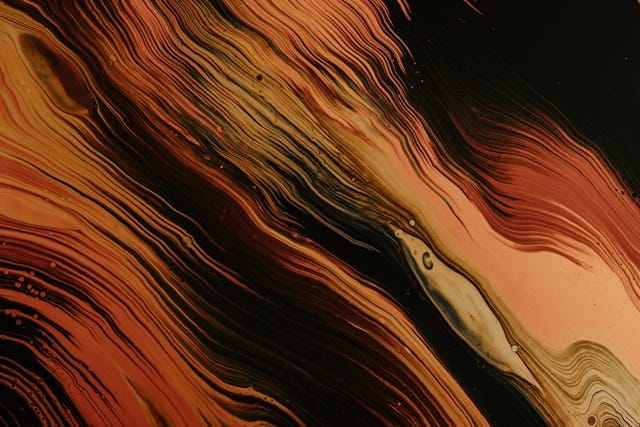

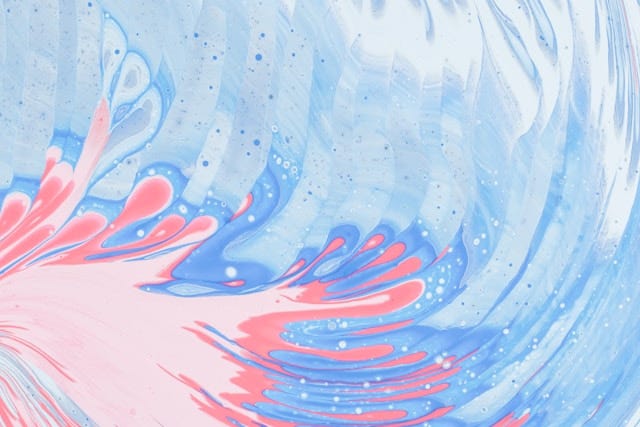

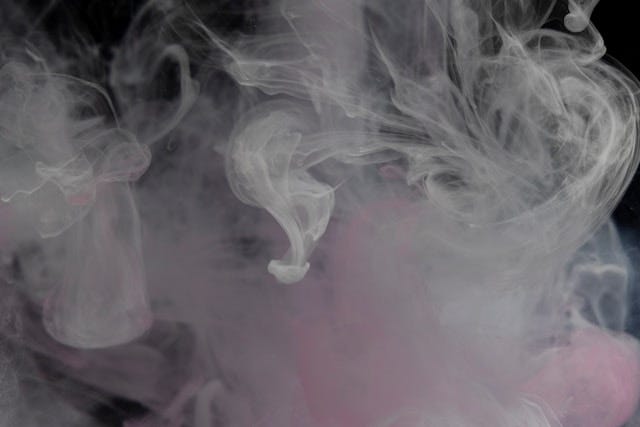
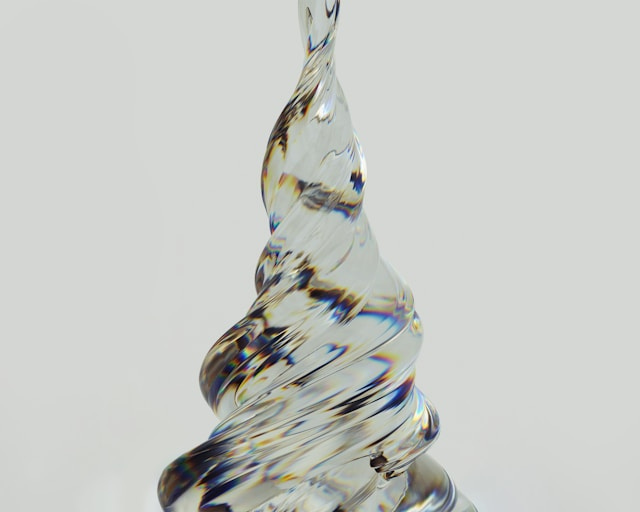




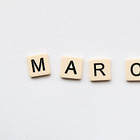
Wonderful - an extraordinarily rich collection of quotes and commentary on them about creativity and mental health.
I like your definition of "mental health". Great piece.